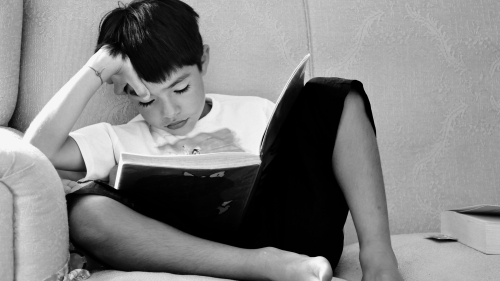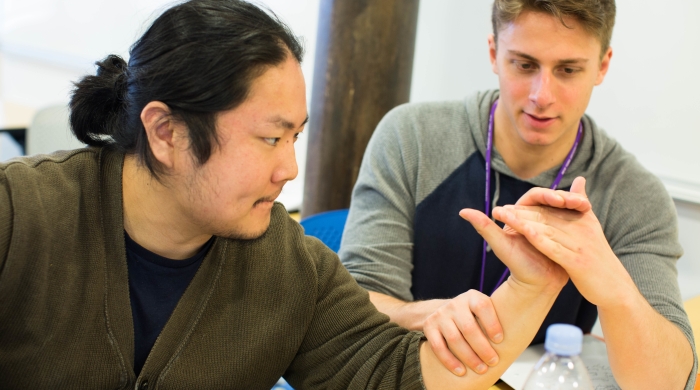
Research SnapshOT
MS in OT students Joeli Alpern, Lauren Rubin, and Serena Shmulewitz worked with their faculty mentor Assistant Professor of Occupational Therapy Janet Njelesani to investigate how children's occupations – like bathing, dressing, social participation, sleep, and play – were impacted by the pandemic.
Read on to learn more about their research, entitled "The Impact of COVID-19 on Children's Occupations," which they recently presented at the Steinhardt Research and Scholarship Showcase.
Background
The COVID-19 crisis had an immeasurable impact on the health and wellbeing of individuals of all ages, especially children. Due to social distancing and emergency measures, children’s daily routines and occupations significantly changed, which in turn have impacted their development. These occupations include bathing, dressing, social participation, rest and sleep, eating, play and leisure, education, meal preparation, and cleanup. Despite occupations being the core domain for occupational therapy, the field has yet to examine the impact of COVID-19 on children’s occupations.
Aim
This quantitative descriptive study explored how children’s (ages 2-12 years) occupational repertoires were affected by COVID-19.
Methods
Data were collected remotely using the Occupational Repertoire Development Measure-Parent Version (ORDM-P) and a validated COVID-19 survey. The ORDM uses parent self-report to identify the occupations children can or cannot perform, their interest level, and opportunities given for performing them. The sample included parents of children ages 2-12 with and without disabilities living in the United States. Data were analyzed descriptively.
Results
Results showed that the following occupations of children were most affected by the pandemic: grooming, technology use, social interaction, and physical activity. Due to increased time at home and consequently decreased opportunity for outside the home, children’s physical leisure activities including play and sports decreased, as well as grooming. Conversely, more opportunities arose for children to read, engage in household chores, as well as an increase in technology use.
Conclusion
The current COVID-19 world is challenging and continuously changing, but occupational therapists can work with children and families to re-establish daily routines and address occupations that were disrupted to improve children’s development and well-being.
Although preliminary data exists examining how COVID-19 affected children's occupations, research has yet to explore the discussion from an occupational therapy perspective and the full realm of children’s occupations, including activities of daily living. We wanted to further explore this topic from the OT lens.
My hope is that this research will enhance the occupational therapy profession by helping the pediatric population (and their parents) adapt to the changes created by the COVID-19 pandemic and emerge with the establishment of healthy routines, and successful development with occupation therapy guidance throughout.

